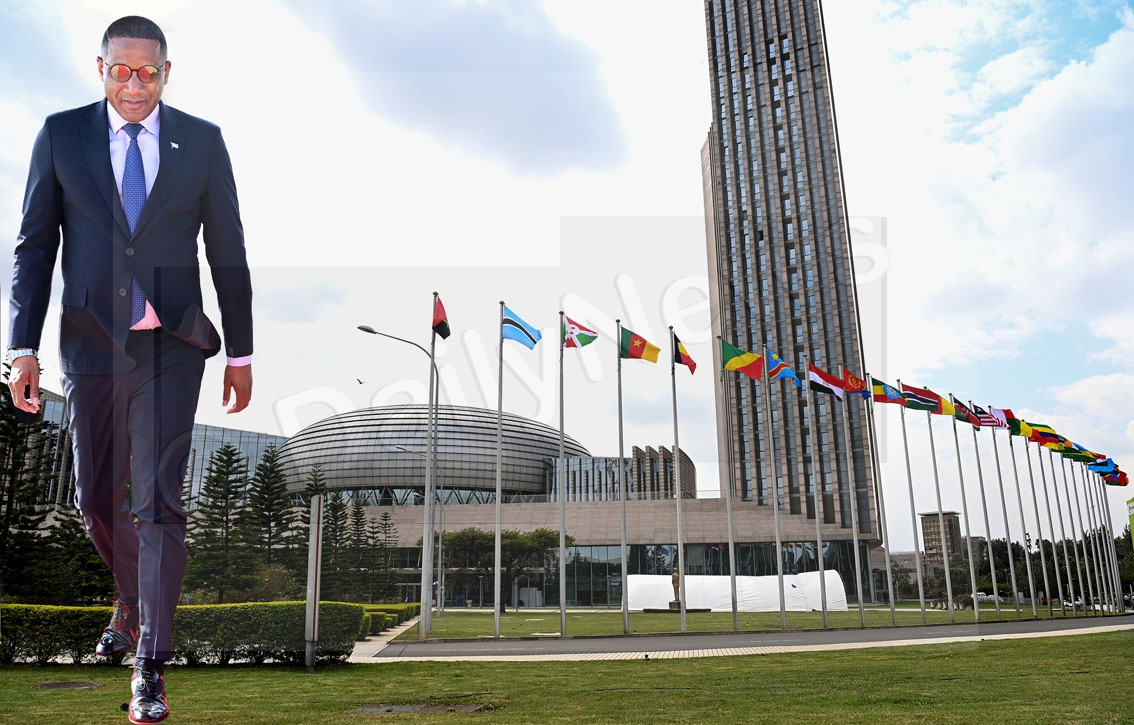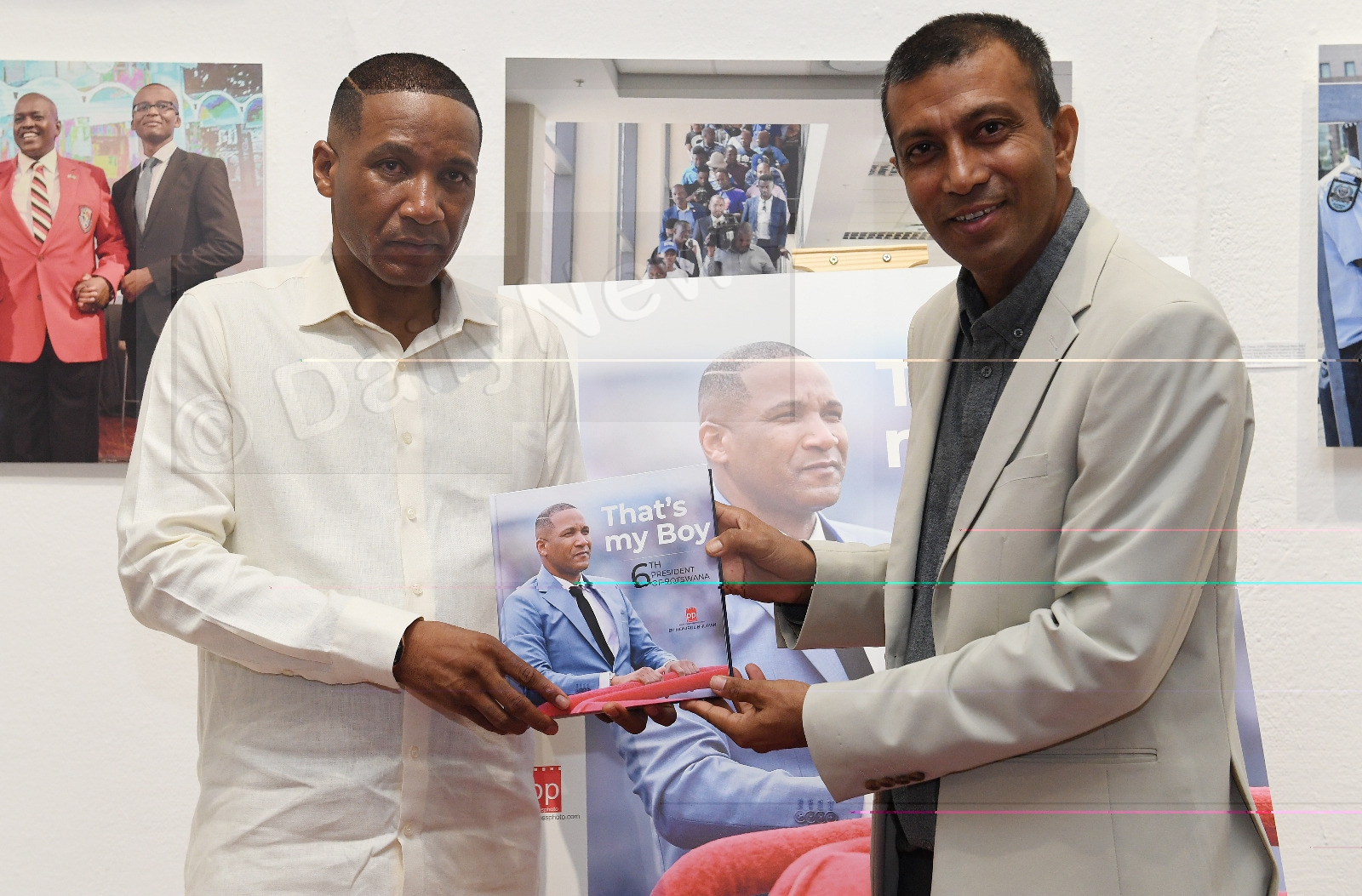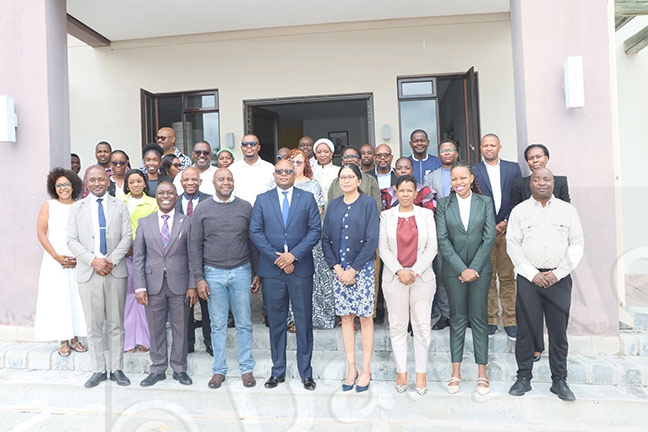Lobatse Potential Logistics Hub For SADC
23 Oct 2025
On a daily basis, continuous streams of diverse colossal trucks move with lumbering motions through Botswana’s historic town of Lobatse in a defined pathway.
Their roaring engines, rumbling powerful axels ferry varied commodities to various destinations across the African continent.
For an ordinary Lobatse resident, this daily truck traffic is a norm; a heartbeat of the town that makes part of a broader economic system where the giant lorries connect factories to ports, distribution centres to markets across the Southern African Development Community (SADC) region.
To harness these markets, Lobatse town has started preparations to develop into a robust logistics hub. According to Lobatse Mayor Aron Ganakgomo, it was therefore critical to develop appropriate infrastructure to improve efficiencies as part of addressing national key policy issues.
Thus, he said during implementation of National Development Plan 12, a deliberate action needed to be taken to develop a National Infrastructure Plan focused on energy, logistics, and internet connectivity.
“There is dire need for a regional and spatial approach to infrastructure development, especially in the area of transport network services, to open up the economy for greater regional integration and possibly transform Botswana into a transport hub for the SADC region,” he said.
Mayor Ganakgomo highlighted that Trans Kalahari Corridor was a key trade route connecting the Atlantic port of Walvis Bay in Namibia to Botswana, South Africa, and further into SADC as such Lobatse’s proximity to the route made it a natural gateway for goods moving in between landlocked states and coastal ports.
He underscored that Lobatse had comparative advantage on transport connectivity due to its rail linkage which provided direct bulk cargo movement into South Africa and beyond.
“This gives traders a cost-effective option for transporting large volumes. The town also benefits from the existing road network, which includes our proximity to the A1 highway which links Lobatse to Gaborone, Francistown, Zambia, and Zimbabwe and the A2 highway, which is part of the TKC linking it to Namibia and the Port of Walvis Bay,” he said.
He noted that the Pioneer and Ramatlabama commercial borders offered seamless road and rail access into South Africa, the region’s largest economy.
At present, he said Lobatse Town Council was working on a local economic development strategy, and one of the key focus areas was positioning the town as a logistics and trade facilitation hub for the SADC region.
He added that investors, logistics operators and development partners would be invited to collaborate in transforming Lobatse into a vibrant logistics hub.
This move, he noted, could unlock opportunities that could strengthen regional trade while building a sustainable local economy through establishing truck stops, warehouses and distribution facilities for freight operators, promoting public-private partnerships to build logistics parks and bonded warehouses as well as developing value-added services such as cold storage, vehicle maintenance and fuel depots.
According to Botswana Unified Revenue Services (BURS), the truck movement at Pioneer and Ramatlabama commercial border posts which are in close proximity to Lobatse, between January 2024 and June 2025, a total of 417 136 trucks ferried cargo in and out of Botswana through the two borders. Of the total figure, the arrivals were 226 959 while departures were 190 177.
In the first quarter of 2025/2026 financial year, the amount of revenue generated from Pioneer border, which was largely contributed by trucks stood at over P30 million while the revenue at Ramatlabama border amounted to over P12 million.
According to BURS, the trucks from the two ports of entry serve three major routes, which are the Trans Kalahari Corridor, which connects Botswana, and Namibia through the Mamuno border post, the A1 Highway linking Botswana and Zimbabwe to the north via the Ramokgwebana border post, and the A3 Highway, which is a busy trade route and gateway to the Great Lakes via the Kazungula One Stop Border Post.
“These logistics efficiency instruments, serve as vital transportation and infrastructure routes that ease the movement of people, products and services between SADC member states,” said executive director of the Trans Kalahari Corridor Secretariat (TKCS) Mr Leslie Mpofu.
Currently, Mr Mpofu said TKCS worked with member states to implement initiatives geared towards improved trade facilitation. He added that TKCS in collaboration with member states customs authorities continued to work collectively to remove impediments to ensure seamless movement of goods and persons aimed at ensuring agility and just in time delivery of goods.
“Some of the programmes implemented include but not limited to data exchange between customs authorities, Authorised Economic Operator (AEO), Implementation of pre-clearance, infrastructure development such as the new terminal building at Pioneer Gate, the One Stop Border Post (OSBP) between Botswana and Namibia at Mamuno and Trans Kalahari Border,” he said.
He underscored that the initiatives have resulted in increased volumes along the TKC, which was a welcome development.
“As a result, we have seen some transporters moving from the North South Corridor, which is from Martin’s Drift and Beit Bridge to the TKC borders,” he said.
Truck drivers, Mr Nyasa Chitavati of Zimbabwe, Mr Mojalefa Maine of South Africa and Mr Immanuel Sheehama of Namibia expressed their desire for improved service delivery rendered to them to improve seamless movement of goods.
They suggested that borders must have effective and timely customs service, canteen area, automatic teller machines, showers and truck stops in their proximity to make travel much easier for them.
Mr Sheehama, working for the Genesis Logistics appreciated service at Mamuno, noting that since implementation of the one stop border post, they have not experienced delays.
“We can even use our national identity cards to travel from Botswana into Namibia and vice versa. It has made travel much easier,” he appreciated. ENDS
Source : BOPA
Author : Calviniah Kgautlhe
Location : Lobatse
Event : Interview
Date : 23 Oct 2025




